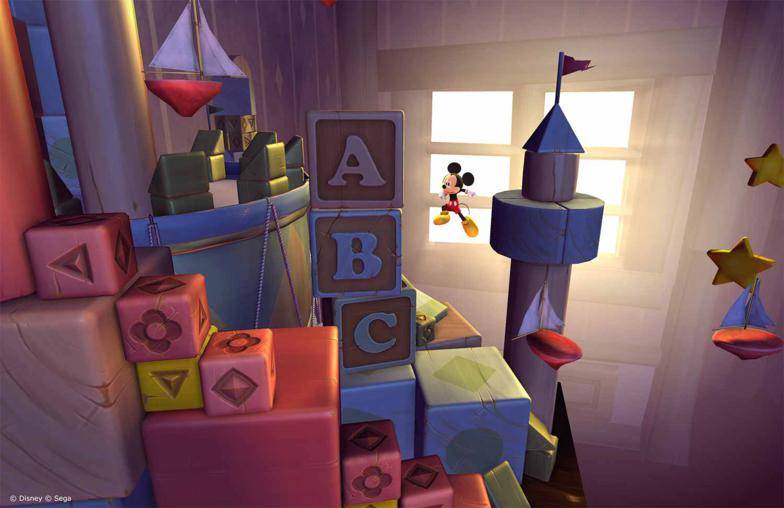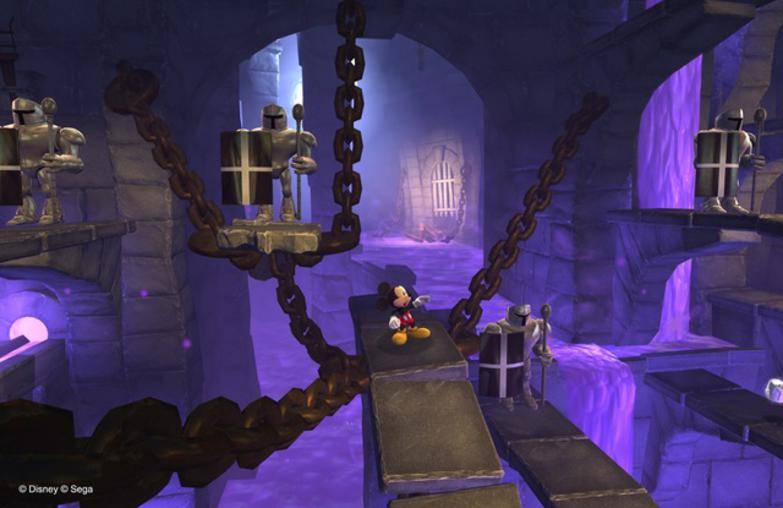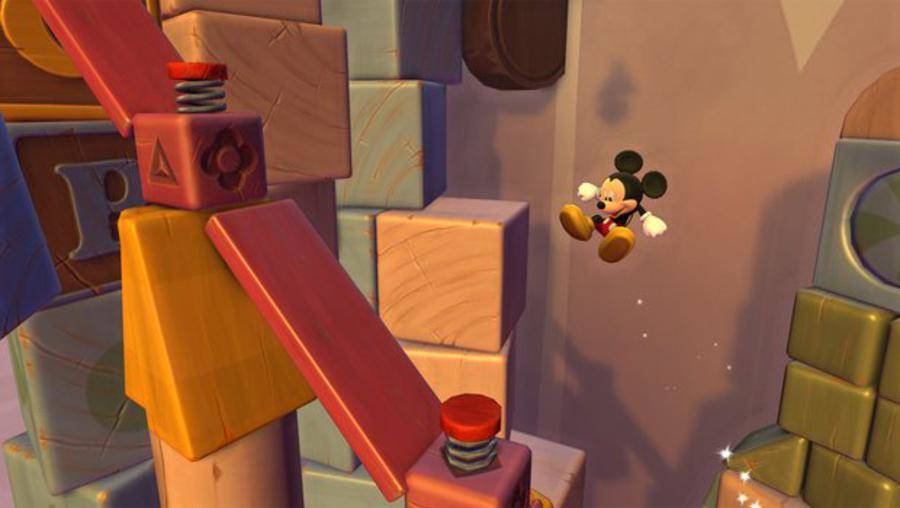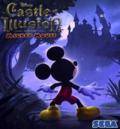Disney Castle of Illusion Starring Mickey Mouse Review
Disney Castle of Illusion Starring Mickey Mouse Review – Introduction
More Gaming Nostalgia for the Masses
While everyone was still celebrating the announcement of DuckTales: Remastered, the reveal of another modernization of a bit-era Disney classic flew by everyone’s radar: Castle of Illusion starring Mickey Mouse.
The Sega Genesis/Mega Drive release of Illusion, while not as influential as the original DuckTales, is held in high regard by many, and those that heard about Sega Studios Australia’s reimagining were excited to see yet another one of their favorite childhood platformers get a makeover.
An Example of Style Over Substance
This is a remake that should have been worthwhile, but unfortunately is a disappointment in many respects. DuckTales: Remastered was at least a serviceable update that captured the essence of the core game, but Illusion unfortunately appears to be more concerned about looks than anything else.
The 3D visuals, while a little dated and dark, are nice to gaze upon. All five of the stages from the original are present, and they play mostly the same way with Mickey roaming through the castle’s rooms of illusion, bouncing on ghosts, bats and other enemies, collecting gems, and finding items to use as projectiles, as he makes his way to battle the vile witch Mizrabel and save Minnie.
Other than the graphics and the addition of a narrator, the noticeable differences lie in the new 3D platforming elements. Most of the levels feature areas that allow for 360-degree movement, like The Forest with its vine maze, the tweaked boss battles, and even the castle itself where Mickey is free to explore its corridors in between rooms.
From a production viewpoint, this is all well and good. The effects and aesthetics are great, and really breathe new life into the stages, like the haunted books in The Library that shoot out of their shelves to knock Mickey off or provide a ledge for him to reach higher areas, or the aforementioned vines that creep and twist their way out of the ground, blocking his path to the exit.
However, this new design has some unfortunate drawbacks. The bosses have been fine-tuned to give them a more extravagant feel, like the jack-in-the-box in Toy Land now chasing Mickey with spin attacks to go along with his pouncing. Considering the fact the only time the Big Bads can actually take damage is when they’re dazed after they’re done with their attack pattern, these added theatrics only make these already rote encounters even more frustrating and drawn out.



- 1
- 2
- 3
These new additions do make each area longer than the original, but the layout can be confusing. There are many times where it’s unclear the direction Mickey is supposed to be going, and in more than one instance I walked into a “secret” area without even realizing it, either by falling down a hole, or deciding to hop up the level going to the left instead of the right.
The Case of the Missing Gameplay
Exploration is fine in platformers, but there needs to be some craft on display instead of shoehorning in hidden areas that contain collectables that don’t unlock anything worth the effort, offering only a new character costume, piece of artwork or a statue to look at.
Perhaps the game would be more playable if the controls were more efficient. Jumping is stiff, and the addition of a dash-button or double-jump could have gone a long way. As it stands, Mickey is relatively slow, and the only to get him to bounce higher other than using enemies for additional height is to hold the jump button just before he touches the ground, which is very awkward to get used to. Fortunately, this ability is, for the most part, optional, and I didn’t really feel the need to use it often during my playthrough.
This isn’t to say Illusion isn’t any fun, because in some respects it is. Despite the lackluster mechanics, the simplicity of the gameplay can be enjoyable during certain portions of the game. The difficulty curve is pretty manageable, though the few spikes that do exist are irritating, and the narration, which is out of synch with the action occasionally, provides additional charm in a child’s storybook kind of way.
Oh, What Could Have Been…
All in all, there isn’t much good to be found in Illusion. It can be mildly entertaining if viewed in the right the light, but the flaws are too apparent to make it truly engaging. The game feels rushed, and while it had the potential to be something special, the finished product is a mediocre and dull experience.
Positives
- New 3D animations are nice
- Decent soundtrack
Negatives
- Boss fights
- Very short
- Gameplay is very lacking




